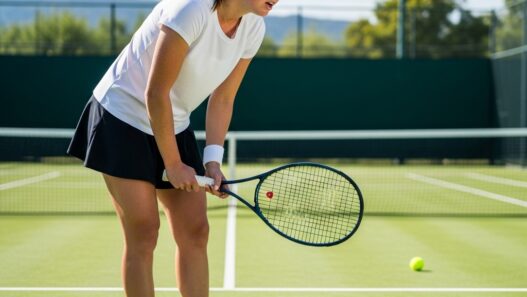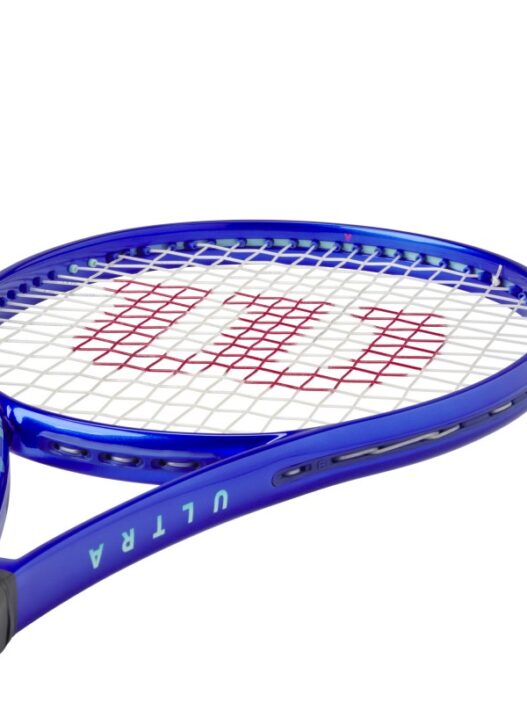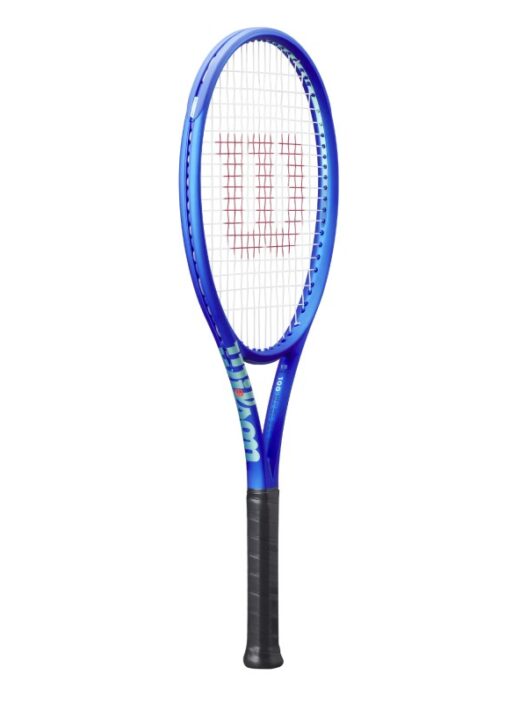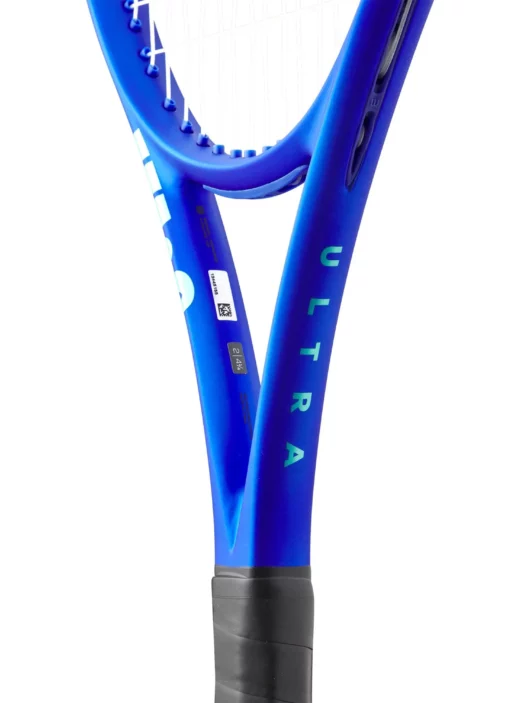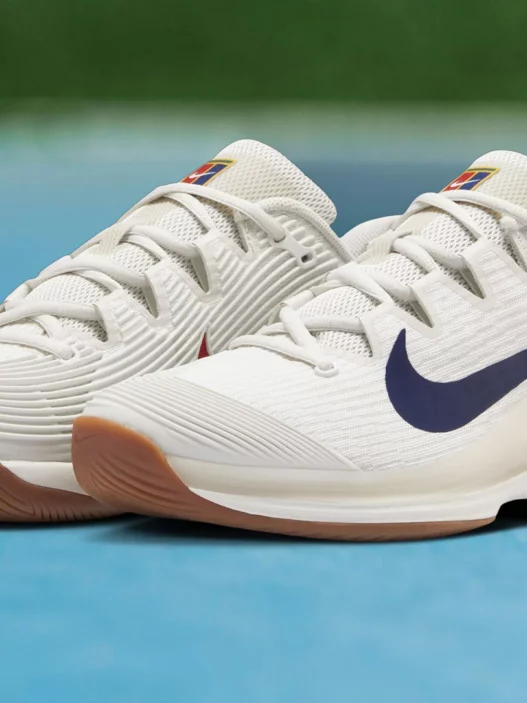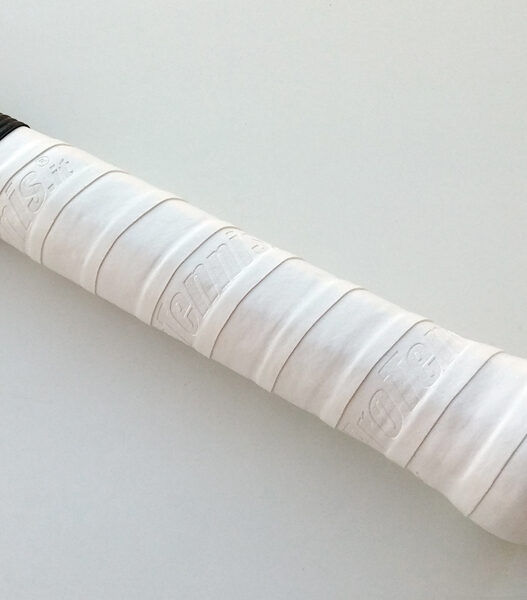On Saturday mornings at my tennis club, conversations between sets rarely venture beyond tactical adjustments and tournament forecasts. Lately, though, a new topic has entered our mid-match chats—the environmental footprint we leave behind with every match played. Like many weekend athletes, I once didn’t pay much mind to what went into the gear I carried onto court. It seemed enough just to show up and play. But tennis, a sport known for its elegance and tradition, has begun a quiet, determined evolution toward sustainability, and I’m learning to pay attention.
Last month, for instance, the head pro at our club, an affable veteran named Jim who’s taught generations of players, handed out cans of Wilson’s Triniti tennis balls before our club championship. Unlike traditional tennis balls, which lose their bounce and become waste after just a few matches, these balls promised longevity—and delivered. According to Wilson, the Triniti’s core and felt composition are engineered to retain bounce significantly longer, dramatically reducing waste. The recyclable packaging meant fewer of those discarded metal cans lingering at the bottom of our bags, forgotten, heading inevitably toward a landfill.

This small change led me to reconsider the rest of my tennis gear. Apparel, after all, contributes enormously to sports’ environmental burden. The materials used—polyester, nylon, and various synthetics—traditionally derive from petroleum and require vast energy resources for their creation. At our club, some members have already begun switching to brands like Adidas, which partners with Parley for the Oceans to create garments made from recycled ocean plastics and polyester scraps. Adidas’ Primeblue line, stylish enough for any tennis wardrobe, repurposes materials otherwise destined to pollute our seas. New Balance has committed similarly, pledging that by the end of 2025, fifty percent of their polyester will come from recycled sources. Even smaller brands like Ecoalf, originally from Spain and gaining traction worldwide, craft tennis clothing entirely from recycled and sustainable materials like TENCEL and biodegradable fibers, offering gear that aligns environmental responsibility with on-court performance.

It isn’t just apparel. Bags have evolved too. Recently, my tennis partner Emily arrived at our doubles practice carrying an Epirus bag, which is crafted entirely from recycled nylon. She told me that she purchased it not only for its elegant look—simple enough for the tennis court yet stylish enough for everyday use—but also because of its durability and the reduced environmental impact it represented. By choosing quality bags designed for multiple uses, players like Emily significantly reduce their need to continually purchase replacements, thereby lowering their overall ecological footprint.
Perhaps most surprising to me has been the innovation in tennis accessories. Once considered disposable, items like overgrips and dampeners are now available in biodegradable and compostable options. Brands like Wilson have quietly begun to integrate these small yet meaningful innovations into their product lines, responding to growing demand from environmentally conscious players. Even something as trivial as choosing a biodegradable grip is, I realized, an easy yet impactful way to reduce personal waste.
At the heart of tennis’ sustainability movement is the understanding that every player, professional or club-level, can influence the trajectory of the industry. Statistics suggest more than three hundred million tennis balls annually end up in landfills around the globe—a staggering figure. Efforts like recycling programs introduced by clubs worldwide, in partnership with brands like Wilson, promise some relief from this grim statistic.
While the professional tours naturally draw the spotlight, grassroots tennis—club matches, junior tournaments, weekend warriors—remains a powerful catalyst for change. Players like myself, who step onto the court simply because they love the game, are increasingly mindful of their choices. It’s not about giving up the joy of the sport but enriching it by playing consciously, knowing that our rackets, our apparel, our tennis balls all have an impact beyond match point.
The question, then, isn’t whether tennis should become more sustainable—clearly, it must—but rather how swiftly we can embrace that change. This movement, taking hold quietly in locker rooms and clubhouses like mine, signals that the sport is ready to meet this moment, prepared to make sustainability as fundamental as the rules we play by.
At my club, that awareness is spreading steadily. Jim, our pro, is now actively educating juniors and adults alike about sustainable gear options, encouraging choices that benefit both player and planet. As I lace up for my next match, now mindful of the recycled materials in my shoes, the recycled tennis balls I’m about to serve with, and the bag I carry them in, I understand more clearly than ever that tennis can no longer be solely about personal excellence and competition. It’s also about responsible stewardship—a principle just as essential as any strategy I’ve learned on court.










